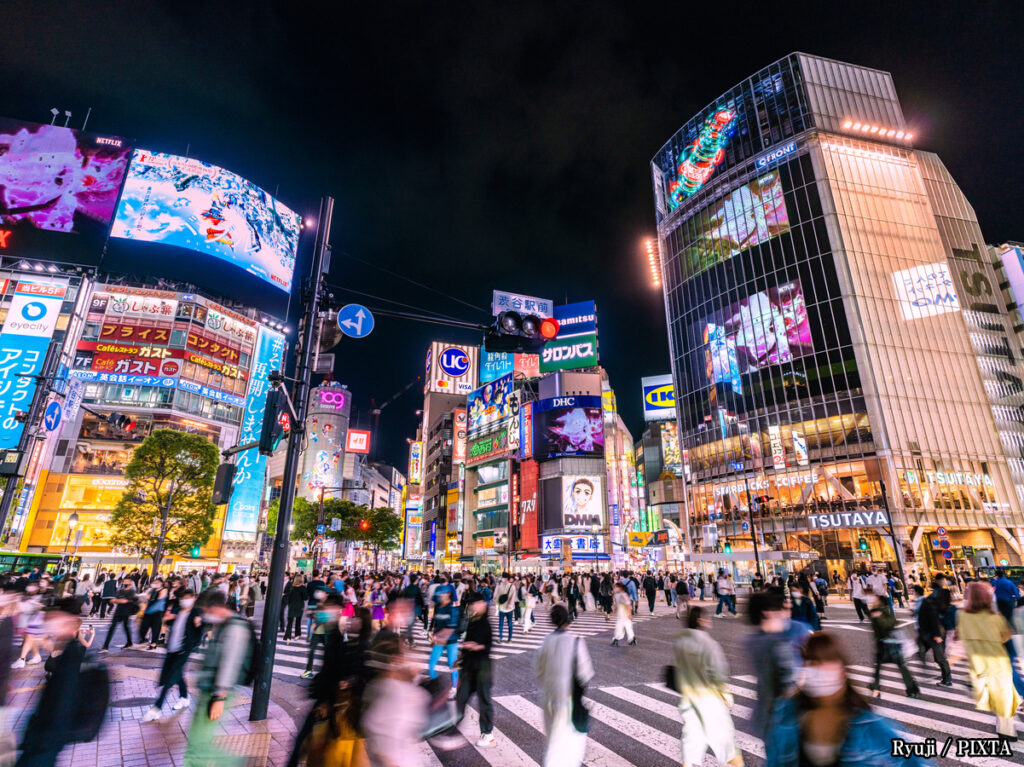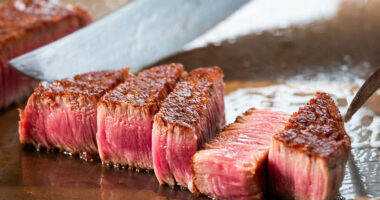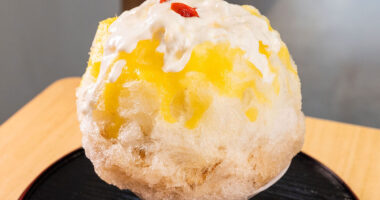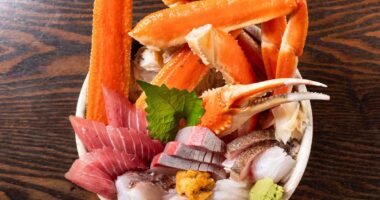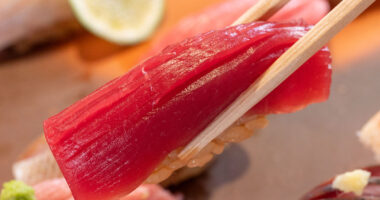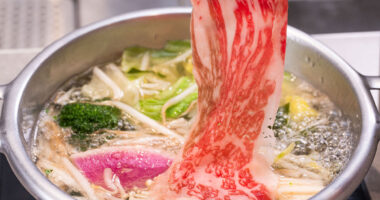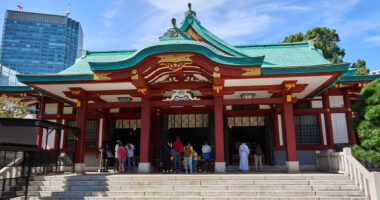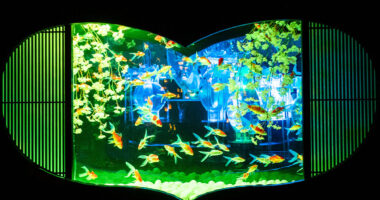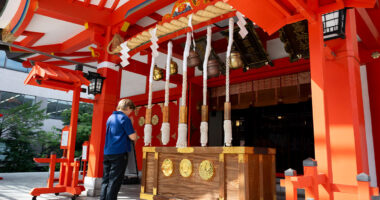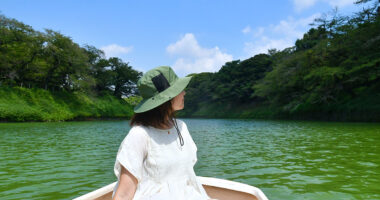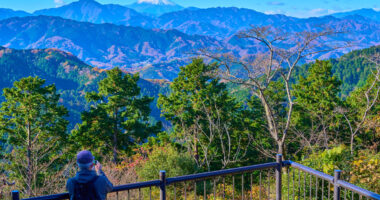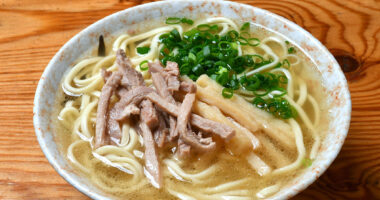Embarking on your first trip to Japan is an exciting prospect, filled with dynamic cities, deep-rooted traditions, and unforgettable food. Although a week may feel short for such a diverse country, thoughtful planning makes it possible to see the highlights and gain a real sense of its character. This 7-day itinerary has a well-rounded mix of urban discovery, cultural immersion, and breathtaking scenery, giving first-time visitors a meaningful and memorable introduction to Japan.
Day 1–2: Tokyo (urban culture & shopping)
Begin your trip in Tokyo, a city where sleek modernity and tradition exist side by side.
- Arrival & Shinjuku exploration:
Land at either Narita (NRT) or Haneda (HND) Airport and take the Narita Express or Keikyu Line into the city. Stay somewhere central—Shinjuku is a convenient and lively base. Spend your first evening exploring the area: head up to the Tokyo Metropolitan Government Building for free panoramic views, then wander through the narrow alleyways of Golden Gai lined with tiny bars and eateries or the neon-saturated streets of Kabukicho for a glimpse of Tokyo nightlife.
Related articles
- How to Buy and Reserve Narita Express Tickets in Japan and Online
- Traveling with Luggage on the Narita Express: A Smart Guide for Tourists
- Is Kabukicho Safe? A Complete Safety Guide for Tourists Visiting Tokyo’s Entertainment Hub
- Shibuya, Harajuku & Asakusa:
On your second day, explore a few of Tokyo’s most iconic neighborhoods. Start at the famous Shibuya Scramble Crossing, then browse the shops around the station. Continue to Harajuku, where Takeshita Street shows off the city’s youth fashion culture, and take a quiet moment at nearby Meiji Jingu Shrine. In the afternoon, head to Asakusa to visit the historic Sensō-ji Temple and walk along Nakamise-dōri, a street lined with snacks and souvenirs. Wrap up the day with dinner in the Ueno or Ginza neighborhoods.
Related articles
Day 3–4: Kyoto (temples & traditional experience)
On day three, take the Shinkansen bullet train from Tokyo to Kyoto, a journey of about 2.5 to 3 hours. As Japan’s former capital, Kyoto provides a deeper look at the country’s traditional architecture, gardens, and spiritual heritage.
- Arashiyama & Gion:
After arriving, drop your bags at your accommodation and head to Arashiyama. Walk through the Bamboo Grove, visit Tenryū-ji Temple (a UNESCO World Heritage site), and take in the views along the Hozu River. In the evening, explore Gion, Kyoto’s geisha district. While you’re there, keep an eye out—you might be lucky enough to spot a geiko (Kyoto-style geisha) or maiko (apprentice) in traditional attire on their way to an engagement.
- Fushimi Inari, Kinkaku-ji & Nishiki Market:
Start your fourth day early with a visit to Fushimi Inari Taisha Shrine, known for its iconic path of vermilion torii gates winding up the mountainside. Then head to Kinkaku-ji Temple (the Golden Pavilion), known for its striking gold-leaf exterior and reflective pond setting. In the afternoon, stroll through Nishiki Market, often called “Kyoto’s Kitchen,” to try local specialties and shop for unique regional souvenirs.
Related articles
- Fushimi Inari Taisha: Exploring the Spiritual Heart of Kyoto
- Walking Through Thousands of Torii: The Fushimi Inari Hiking Experience
- Foxes & Fortunes: Understanding Fushimi Inari’s Symbols & Traditions
Day 5: Nara or Osaka (day trip options)
On your fifth day, choose between two easy day trips from Kyoto depending on your interests.
- Nara (culture & deer):
About 45 minutes by train from Kyoto, Nara is best known for Nara Park, where friendly deer roam freely among visitors. Visit Tōdai-ji Temple to see the massive bronze Buddha statue, then explore nearby historic UNESCO sites like Kasuga Taisha Shrine. With its slower pace and open green spaces, Nara offers a more relaxed cultural experience.
Related articles
- What Makes Nara’s Deer Sacred? A Cultural Guide for First-Time Visitors
- Dos & Don’ts When Meeting Nara Deer: Cultural Etiquette Guide
- Osaka (food & nightlife):
Just 15 minutes from Kyoto by Shinkansen, Osaka is known for its lively atmosphere, incredible street food, and vibrant nightlife. Visit Osaka Castle for a glimpse into the city’s feudal past, then head to the lively downtown Dotonbori district, with its bright signage, street food, and the iconic Glico Running Man sign. Osaka stands in sharp contrast to Kyoto’s serenity, buzzing with street food, neon, and late-night energy.
Related articles
- How to Get to Shinsaibashi-suji Shopping Street: Easy Access from Osaka’s Major Spots
- Local Food You Must Try Around Shinsaibashi-suji: A Guide by Dish Type
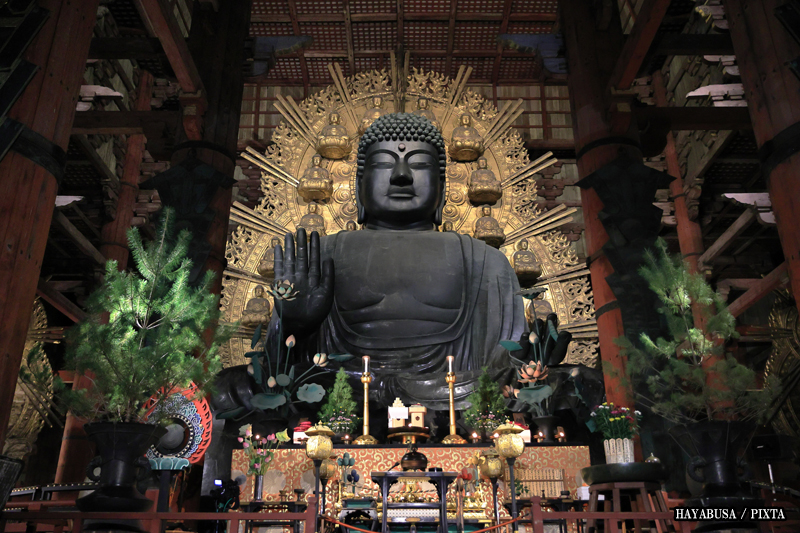
Photo for illustrative purposes
Day 6: Hakone or Mt. Fuji views
On your sixth day, take a scenic trip to enjoy views of Mount Fuji—either from Hakone or the Kawaguchiko area.
- Hakone:
Reachable from Kyoto via Shinkansen to Odawara (followed by local transport), Hakone delivers a classic Mount Fuji backdrop from across Lake Ashi. Enjoy a scenic cruise on the lake, take the Hakone Ropeway for aerial views, and visit the Owakudani volcanic valley. While Hakone also features museums and hot springs, a full onsen experience may require more time than a day trip allows. It’s a convenient stopover when heading back to Tokyo, especially if you’re flying out the next day.
Related articles
- Types of Hot Springs & Water Qualities in Hakone: A Guide for Wellness Seekers
- Hakone Onsen Area Guide: Find the Perfect Hot Spring Spot for You
- Mount Fuji (Kawaguchiko area):
If you want up-close views of the mountain, consider visiting the Kawaguchiko area via train to Ōtsuki and the Fujikyuko Line, or take a direct highway bus from Shinjuku. Walk along the shores of Lake Kawaguchiko, stop by Ōishi Park for panoramic views, or ride the Mt. Fuji Panoramic Ropeway for a different perspective. This option focuses primarily on sightseeing around Mount Fuji.
After your day trip, return to Tokyo for your final night or stay in the Hakone area if you’re departing from Narita or Haneda the next day.
Related articles
- Best Times to Visit Kawaguchiko: Seasonal Highlights & Travel Advice
- Kawaguchiko Complete Travel Guide: Transportation, Views & Local
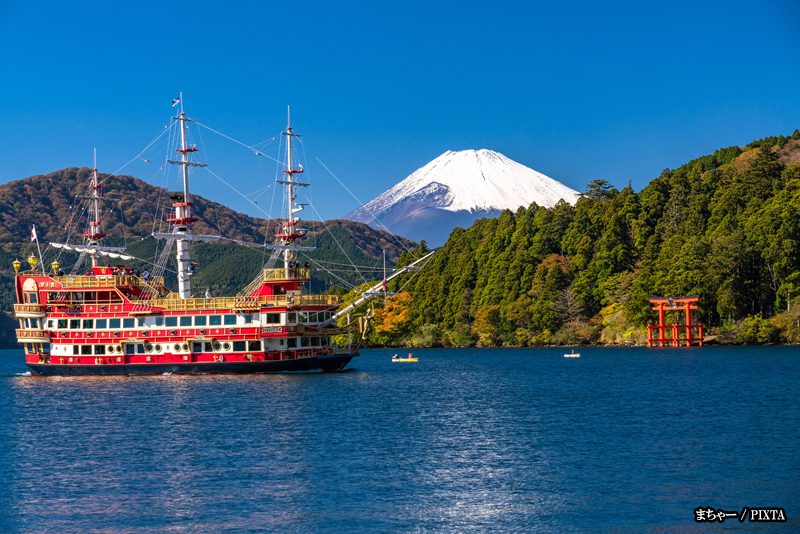
Photo for illustrative purposes
Day 7: final souvenirs and departure
On your last day, depending on your flight schedule, you may have time for a few final stops before heading to the airport.
- Last-minute souvenirs:
If you’re in Tokyo, visit shopping districts like Ginza, Shinjuku, or Shibuya to pick up any remaining gifts or personal items. Many department stores stock souvenirs in their basement food halls, known as depachika. - Airport transit:
Allow plenty of time to reach Narita (NRT) or Haneda (HND) Airport. Take the Narita Express or Keisei Skyliner for Narita, and the Keikyu Line for Haneda—each runs frequently and on time. Be sure to double-check your terminal before departure.
Related article
Travel tips: passes, packing, and etiquette
- Japan Rail Pass:
Consider whether a 7-day Japan Rail Pass is worth it for your route. For this itinerary (Tokyo–Kyoto–Nara/Osaka–Hakone/Fuji–Tokyo), it typically offers good value. You can activate it at a major JR station after arrival.
Related article
- Packing:
Pack light. Japan’s public transportation is efficient, but navigating with bulky luggage can be a hassle. Comfortable walking shoes are essential. - Connectivity:
Rent a pocket Wi-Fi device or buy a local SIM card to stay connected throughout your trip.
Related articles
- Japan Wireless vs. SIM Cards: Which Is Best for Visitors to Japan?
- The Best eSIM for Japan: A Complete Guide for Travelers
- Etiquette:
Learn a few basic Japanese phrases (like hello and thank you), keep your voice down on public transport, and remember that tipping is not customary. Remove your shoes when entering homes, temples, and some restaurants.
Related article
- Cash:
While credit cards are accepted in many places, smaller shops and restaurants often prefer or require cash. It’s a good idea to have yen on hand.
Related article
Final thought: make your first trip to Japan count
A 7-day trip may only scratch the surface, but it’s enough to experience some of Japan’s most compelling contrasts, from the energy of Tokyo to the calm of Kyoto and the quiet presence of Mount Fuji. This itinerary offers a balanced first look at Japan’s landscapes, traditions, and daily life. With thoughtful pacing and a mix of experiences, it sets the stage for a deeper appreciation—and a reason to come back.
